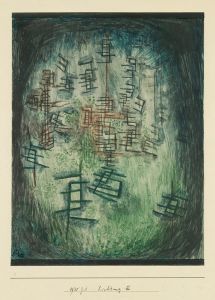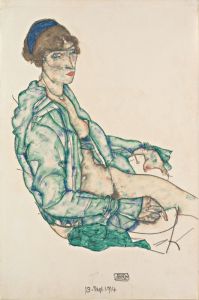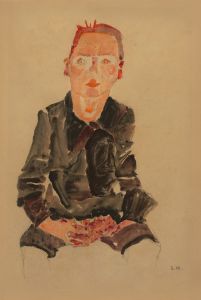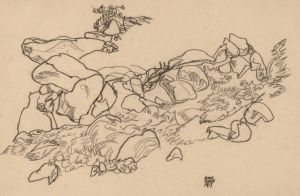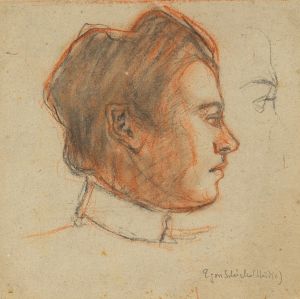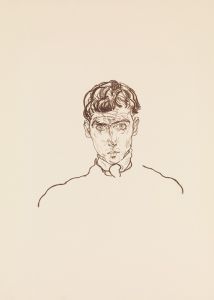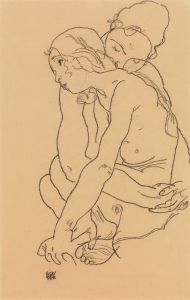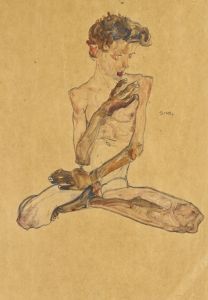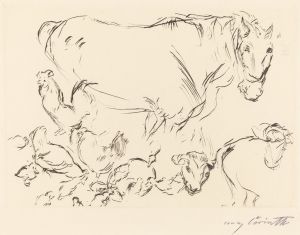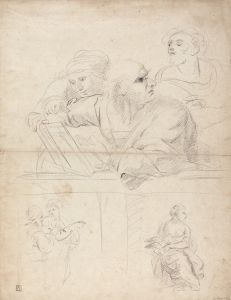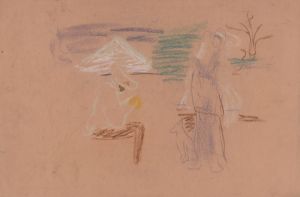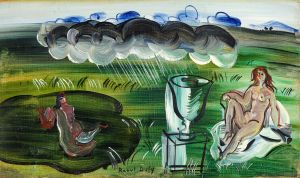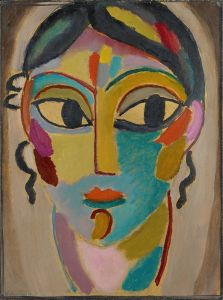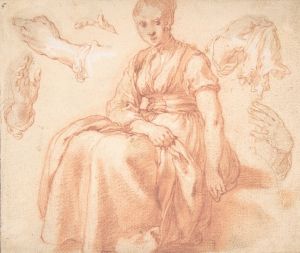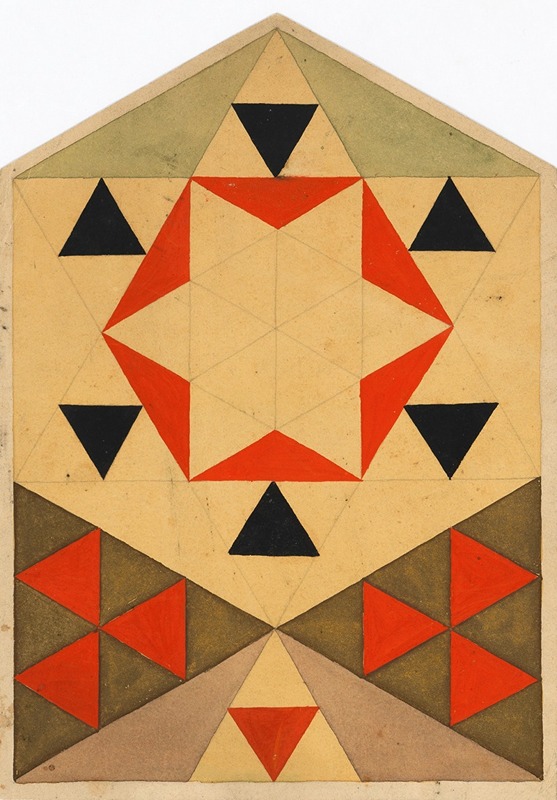
Geometrische Studie
A hand-painted replica of Egon Schiele’s masterpiece Geometrische Studie, meticulously crafted by professional artists to capture the true essence of the original. Each piece is created with museum-quality canvas and rare mineral pigments, carefully painted by experienced artists with delicate brushstrokes and rich, layered colors to perfectly recreate the texture of the original artwork. Unlike machine-printed reproductions, this hand-painted version brings the painting to life, infused with the artist’s emotions and skill in every stroke. Whether for personal collection or home decoration, it instantly elevates the artistic atmosphere of any space.
Egon Schiele, an Austrian painter known for his distinctive and often provocative style, created a body of work that has been celebrated for its intensity and emotional depth. One of his works, titled "Geometrische Studie" (Geometric Study), reflects his exploration of form and structure, although specific details about this particular piece are limited.
Egon Schiele was born on June 12, 1890, in Tulln an der Donau, Austria. He showed an early talent for drawing, and in 1906, he enrolled at the Academy of Fine Arts in Vienna. Schiele's early work was influenced by Gustav Klimt, a leading figure of the Vienna Secession movement. Klimt's mentorship played a crucial role in Schiele's development as an artist, encouraging him to explore themes of sexuality, death, and the human form.
Schiele's style evolved rapidly, and by 1909, he had begun to develop his own distinctive approach. His work is characterized by its raw emotional intensity, expressive line work, and often unsettling subject matter. Schiele's figures are frequently depicted in contorted poses, emphasizing their vulnerability and psychological complexity.
"Geometrische Studie" fits within Schiele's broader exploration of form and structure. While specific information about this piece is scarce, it is likely that it reflects his interest in the geometric simplification of forms, a theme that appears in several of his works. Schiele often used geometric elements to create a sense of tension and dynamism within his compositions, challenging traditional notions of beauty and harmony.
Throughout his career, Schiele's work was met with both acclaim and controversy. His explicit depictions of nudity and sexuality led to several arrests on charges of obscenity, and his work was often criticized for its perceived immorality. Despite this, Schiele continued to push the boundaries of artistic expression, and his work gained a significant following.
Tragically, Schiele's career was cut short by his untimely death in 1918 at the age of 28, during the Spanish flu pandemic. Despite his brief career, Schiele left behind a substantial body of work that has had a lasting impact on the art world. His exploration of the human condition, combined with his innovative use of line and form, has cemented his place as one of the most important artists of the early 20th century.
Today, Egon Schiele's work is celebrated for its emotional depth and technical mastery. His influence can be seen in the work of numerous contemporary artists, and his pieces are held in major collections around the world. While specific details about "Geometrische Studie" remain limited, it is a testament to Schiele's enduring legacy as an artist who continually sought to challenge and redefine the boundaries of art.





